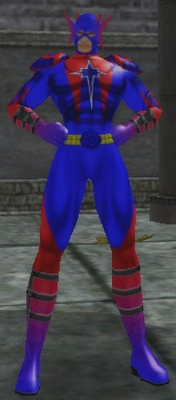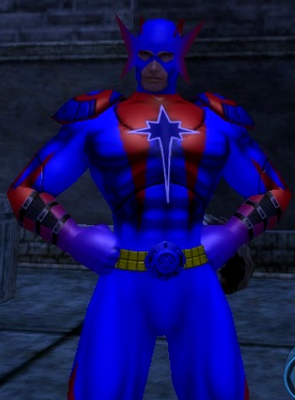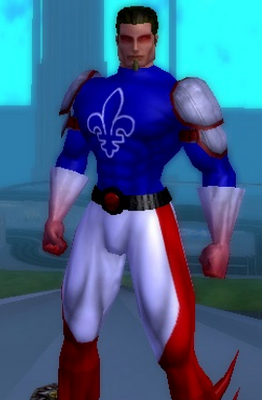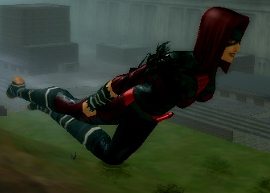
There are a number of things I’ve been thinking of posting about, enough of them that I’m not going to fit them all into this post. Let’s start things off with some more about Baseball. I’ve got a few things to say on the subject so I’m just going to take it in roughly chronological order.
Round one of the post season has ended. I didn’t really have any strong feelings on the NL side. I do have a soft spot for the Cardinals so I’m happy to see them advance, but I’m as happy to see the Mets in the next round as I would have been to see the Dodgers. I’ve got a few more feelings about the AL side of the equation. I got half of what I wanted out of round one. Things didn’t go very well at all for the Twins, but I can take solace in the Yankees defeat. Round two got underway on Tuesday. The Tigers have looked very impressive against the A’s thus far. And the weather has relented and allowed the Mets and Cardinals to finally get underway tonight.
I was happy to see the Twins picked up the option for Torii Hunter. I hold out hope that they will be able to workout a multi-year deal with him. However I suspect it will be more likely that Torii will be dealt to another team probably around the trade deadline. Even if he isn’t traded I imagine there will be a great deal of speculation and rumor about his future with the Twins throughout next season.
I was saddened to learn of the death of Buck O’Neil on the sixth. I will always remember him for the classy way he handled missing being elected to the Baseball Hall of Fame by one vote, and then going on and speaking at the induction service for his fellow Negro League players who were elected.
The other baseball related death of course garnered a lot more media coverage. You would pretty much have to be completely oblivious to the outside world, or live under a rock, not watch TV, not listen to the radio, not read the newspaper, not surf the Internet, and not interact with people to have missed the fact that an airplane crashed into a building in New York City yesterday. While it was pretty quickly determined to be an accident and not an act of terror, I imagine most people in general and New Yorkers in particular couldn’t help but reflect on the events of September 11, 2001. This tragedy relates to baseball because the plane was owned and presumably piloted by pitcher Cory Lidle (most recently of the Yankees, but he played for a number of different during his career). He along with his flight instructor Tyler Stranger where the only two people killed during the crash (21 people were injured during or as a result of the crash). I like many baseball fans cannot help but remember Thurmon Munson and Roberto Clemente.
Okay enough about baseball and death. I turn now to a much lighter subject: City of Heroes, and now for the first time City of Villains. One week ago today I purchased City of Villains and I am enjoying it, but haven’t really played it enough to form too many opinions. I will say it looks a little better (graphically) then City of Heroes. The archetypes have been changed up a bit. Brutes basically equal tankers, but deal more damage while soaking up less. Corruptors are basically defenders in reverse (or blasters that can heal as well as controllers) their primary powers are ranged attacks and their secondary powers are buffs and heals. Dominators are more or less controllers they just trade some versatility for more offensive capabilities. In a weird sort of way a dominator is a bit like a reverse blaster, in CoH blasters have the primary powers of ranged attacks, and their secondary powers come from a catch all category called support. Support borrows a number of powers from control, and buff (but no heals), and adds a few melee and other offensive powers. The dominators of course have control for their primary powers, and have an odd catch all category called assault for their secondary powers. Assault basically uses a mix of ranged and melee powers along with a few different single target buffs (and debuffs). I haven’t played a stalker yet to see how they differ from scrappers. I do know they have fewer hit points, and regardless of which secondary power set is chosen all grant some access to stealth abilities. The final villain archetype has no real equivalent in City of Heroes, and may be my favorite it is the mastermind. The mastermind concentrates on summoning “pets” to fight for you. These pets while computer controlled have a fairly sophisticated set of controls the player can use to direct their actions.
Sticking with City of Heroes one of my characters (pictured above) took second place in a costume contest yesterday. The award for 2nd place was 500,000 influence (which is basically the money used in the game). So that character is pretty set for influence until probably sometime around 20th level or so. The Blueshifted Hero is a defender and currently is level six. His primary power is called kinetics (he controls speed and movement) and his secondary power is sonic assault (he screams really loud). I leave you with a close-up of my influence winning character The Blueshifted Hero.



